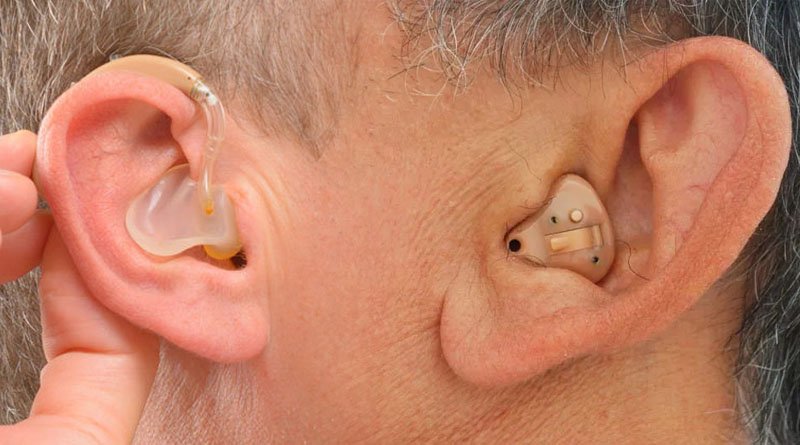The manual can be used to train nurses, doctors, and other healthcare professionals who work in neighbourhood primary healthcare facilities.

To help nations develop the capacity of their health workforce to provide ear and hearing care at the community level, the World Health Organization (WHO) released a new primary ear and hearing care training manual.
The manual can be used to train nurses, doctors, and other healthcare professionals who work in neighbourhood primary healthcare facilities. It is a practical guide on the prevention, identification, and management of hearing loss and common ear diseases.
The modules cover the workings of hearing, conducting ear exams and hearing evaluations, advice on preventing, managing, and referring common ear diseases, as well as hearing loss rehabilitation. It has practical, hands-on exercises for building skills.
According to WHO Director for the Department for Noncommunicable Diseases, Dr. Bente Mikkelsen, “Ear and hearing problems are some of the most prevalent conditions encountered in the community.”
It is essential that these conditions are quickly recognised and managed across the continuum of care, starting at primary health care, by training more healthcare professionals and physicians so they can deliver the necessary ear and hearing care services to their communities, the report states.
The launch of the new training manual and today’s World Hearing Day, which has as its theme Ear and hearing care for all, are related events. Let’s make it happen by emphasising how crucial it is to incorporate ear and hearing care into primary care as a crucial element of universal health coverage.
The majority of the time, ear, nose, and throat (ENT) specialists and audiologists are the ones who provide ear and hearing problem services, which are typically reserved for the tertiary or secondary levels of care.
A major obstacle to providing ear and hearing care for everyone is the global shortage of highly trained ear professionals. Less than one ENT specialist and one audiologist are found in each million people in the majority of low- and middle-income countries.
This means that people with common ear infections must seek specialized care, which is frequently provided at hospitals that are far away and may put them in unnecessary financial hardship. Additionally, it places an excessive burden on the few ENT specialists and audiologists that are available globally.
“Those who require these services will benefit from the integration of ear into primary care,” said Dr. Shelly Chadha, WHO’s technical lead for ear and hearing care. Additionally, it will assist nations in achieving the objective of universal health coverage.
Primary health care services that provide ear and hearing care reorienting the care model and integrating the necessary services at the primary level is necessary for equitable access. Through organised training on ear and hearing care, healthcare professionals like doctors, nurses, and community health workers should be equipped with the necessary knowledge and abilities.
Governments must take steps to integrate ear and empower their workforce through training programs. Health care providers must ensure due attention and care are given to people with common ear problems. Civil society groups, parents, teachers, and physicians can use WHO’s awareness materials and community resources to inform people about the importance of hearing and hearing care.
